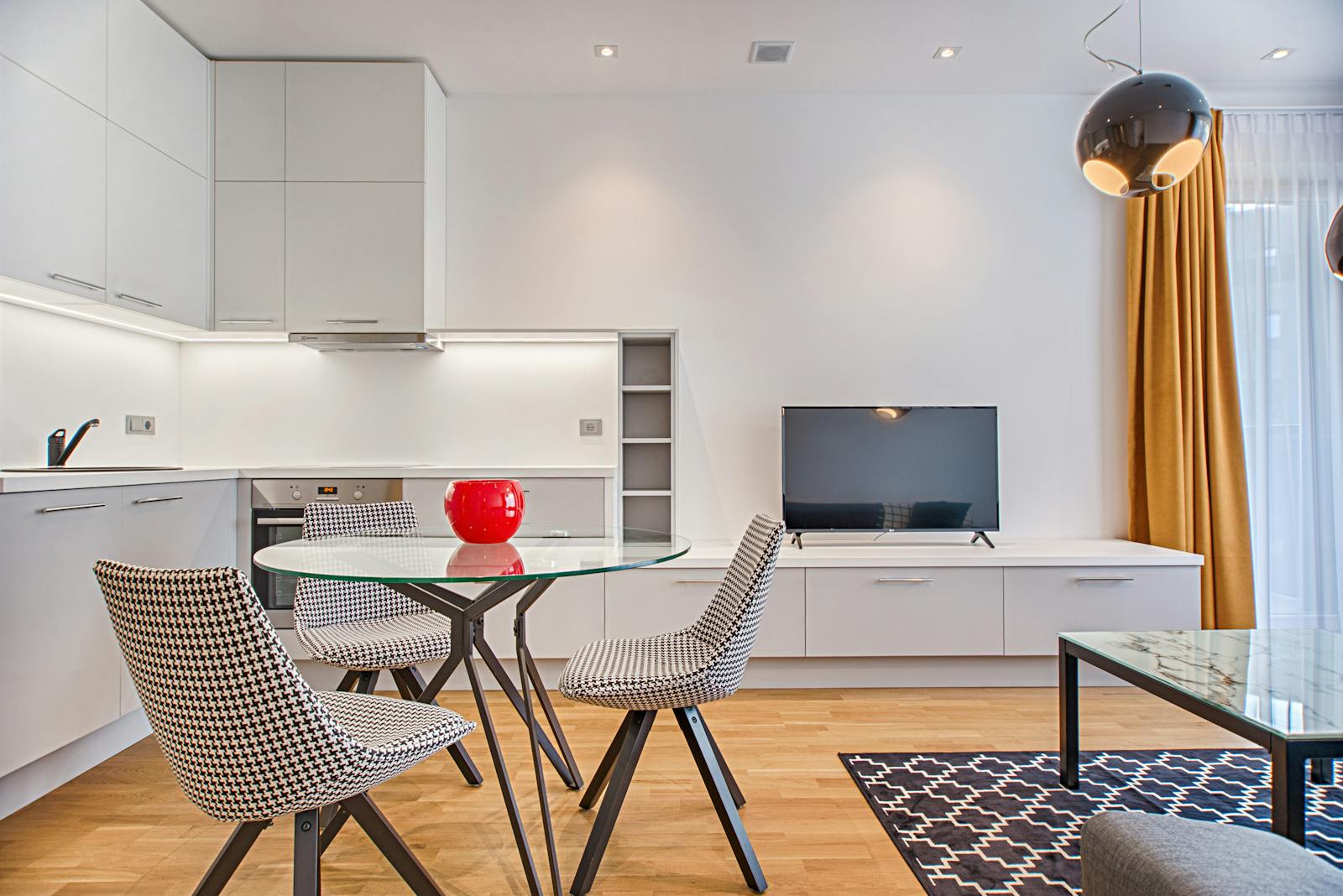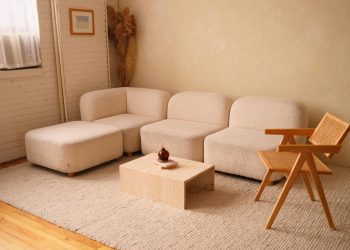When you think of a cozy home, what comes to mind? Perhaps it’s a soft blanket draped over a well-loved couch, a flickering candle on a rainy afternoon, or the sound of a teapot whistling in the kitchen. Cozy isn’t just a buzzword—it’s a feeling, a sensation that invites you to relax, breathe deeply, and feel at ease in your own space. In an age of endless noise and constant busyness, creating a cozy home environment is not a luxury; it’s an essential act of self-care.
But coziness isn’t something you buy off a shelf. It’s not just about having the right furniture or a Pinterest-worthy aesthetic. True coziness is a blend of emotional warmth, sensory comfort, and thoughtful design. It reflects your personality, your memories, and your need for peace. Here’s how you can transform your home into a sanctuary that speaks to the soul.
- Start With Warmth—Literally and Emotionally
The most immediate and tangible aspect of coziness is warmth. This goes beyond temperature (though a well-heated room is certainly part of it). It’s also about the emotional warmth a space provides. Start by thinking about textures: wool throws, flannel sheets, velvet cushions. These tactile elements create comfort you can feel. Add in warm lighting with soft yellow tones—avoid stark white or blue lights, which tend to feel clinical.
But emotional warmth comes from what you surround yourself with. Display photos of loved ones. Keep sentimental trinkets where you can see them. Use colors that soothe you personally—some may find peace in deep earth tones, others in muted pastels. Your home should feel like a hug the moment you step inside.
- Layer Your Lighting
One of the most underappreciated ways to shape a cozy atmosphere is lighting. Think of your home like a theater—there’s general lighting, task lighting, and accent lighting, and each has its role. Overhead lights are necessary, but often too harsh. To soften the mood, incorporate floor lamps, table lamps, and wall sconces.
Candles, fairy lights, and even salt lamps can add an element of softness. Better yet, consider smart bulbs with adjustable color warmth. Being able to shift your room from bright and energizing in the morning to dim and restful at night is a game-changer for comfort.
- Create Intimate Zones
A cozy home isn’t about having a lot of space—it’s about how you use it. Even in a small apartment, you can carve out corners that feel intimate and intentional. Create a reading nook by placing a comfy chair near a window with a side table and lamp. Turn a bare hallway into a gallery wall with family photos or artwork you love.
If you work from home, make your workspace calming. Keep it separate if you can, but if not, visually divide it with rugs or screens. You want each area of your home to have a purpose and offer a particular kind of comfort.
- Let Nature In
Cozy doesn’t mean closed off. In fact, one of the best ways to make your home feel nurturing is to incorporate elements of the natural world. Houseplants are an easy start—they clean the air and add life to any room. Choose plants that are easy to care for, like pothos, snake plants, or peace lilies.
Natural materials also play a role. Wooden furniture, wicker baskets, stone countertops, linen fabrics—all these elements connect us to the outdoors in a subtle but powerful way. If you have access to a window with a good view, keep it unobstructed. Letting in sunlight and glimpses of the sky enhances your mental well-being.
- Scent as a Silent Comfort
We often overlook the role of scent in shaping our environment. Yet our sense of smell is deeply linked to memory and emotion. A cozy home has a scent that instantly relaxes you. Whether it’s the smell of fresh coffee in the morning, lavender in the bedroom, or cinnamon during colder months, choose fragrances that evoke positive emotions.
You can use essential oil diffusers, candles, incense, or even simmer pots on the stove with orange peels and cloves. These aren’t just decorative—they’re part of creating an immersive sensory experience.
- Embrace Imperfection
This might be the most human part of coziness: it doesn’t require perfection. In fact, trying too hard to make your home look like a catalog can have the opposite effect. A cozy home feels lived-in, not staged. It allows for books piled on the coffee table, a blanket tossed over the arm of a chair, the faint scent of something baking in the kitchen.
Don’t chase aesthetic trends—focus on what feels good to you. Mismatched mugs that remind you of travel, an old rug that’s a bit frayed but full of memories, or a handmade pillow from a local artisan—these pieces tell your story, and that story is what makes a space feel like home.
- Make Room for Rituals
Finally, a cozy home supports the rituals of your life. These aren’t grand ceremonies; they’re the small, comforting routines that anchor your day. Your favorite mug for morning tea, the chair where you journal, a basket of cozy socks by the door—these personal touches shape how you interact with your space.
Consider dedicating parts of your home to specific rituals. A tray for your nighttime skincare, a record player for weekend music sessions, a cozy throw on the balcony for evening stargazing. These are the moments that make your house feel not just comfortable, but yours.











